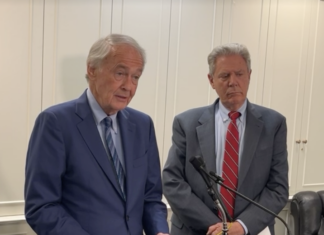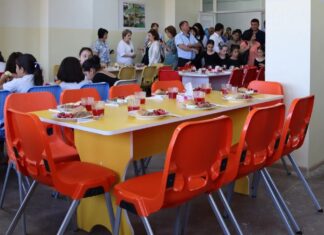Washington, DC – Earlier this month, a District of Columbia Court ruled that since the Museum project was not completed by the December 31, 2010 deadline, it triggered a reversionary clause within the grant agreement requiring the Armenian Genocide Museum and Memorial (AGMM) to transfer all of the properties of the Museum project to the Cafesjian Family Foundation (CFF). As Cafesjian’s attorney, John B. Williams, upon the Judge’s order to transfer the properties, stated: “The properties have to be transferred to CFF in the next two weeks. That is what we have all been fighting for.”
Contrary to misinformation in a recent commentary piece reproduced in the Armenian press, the Armenian Genocide Museum litigation was not about the Assembly trying to take control of the properties. The Assembly had duly transferred the properties to AGMM, a separate nonprofit entity, as part of the grant agreement in 2003. Allegations that this litigation was about an attempt to exclude Cafesjian from decision-making powers of AGMM are also patently false.
This litigation was brought by Gerard Cafesjian in April of 2007 against the Armenian Assembly, and also the AGMM – after his prior attempt to dissolve AGMM in 2006. It has been, without a doubt, a painful chapter for our community.
The Assembly did not seek litigation and preferred to resolve this matter amicably. On more than one occasion, the Assembly agreed to settlement terms only to have them rejected or changed by Cafesjian at the last minute. The Assembly also took to heart Judge Colleen Kollar-Kotelly’s call in her January 2011 Memorandum of Opinion for the parties to come together to resolve their differences. Unfortunately, the new lawsuit initiated by Cafesjian in January 2011 in Florida on issues that he did not prevail on in the District of Columbia, and the continued attacks against the Assembly in Cafesjian-owned media outlets, did not bode well for reconciliation.
That being said, the Assembly and AGMM have complied with the Judge’s orders, and filed appeals as a matter of right to protect the future of the museum, as the judge decided that Cafesjian had no obligation to use the properties for a museum.







